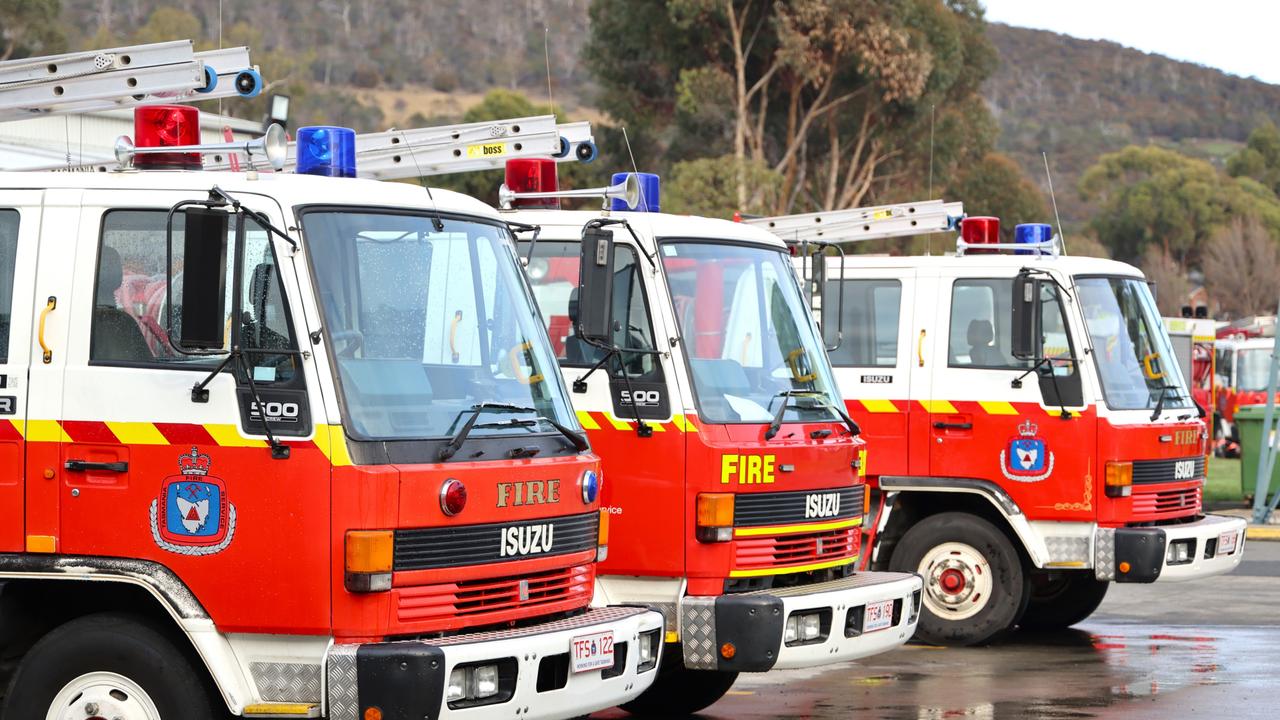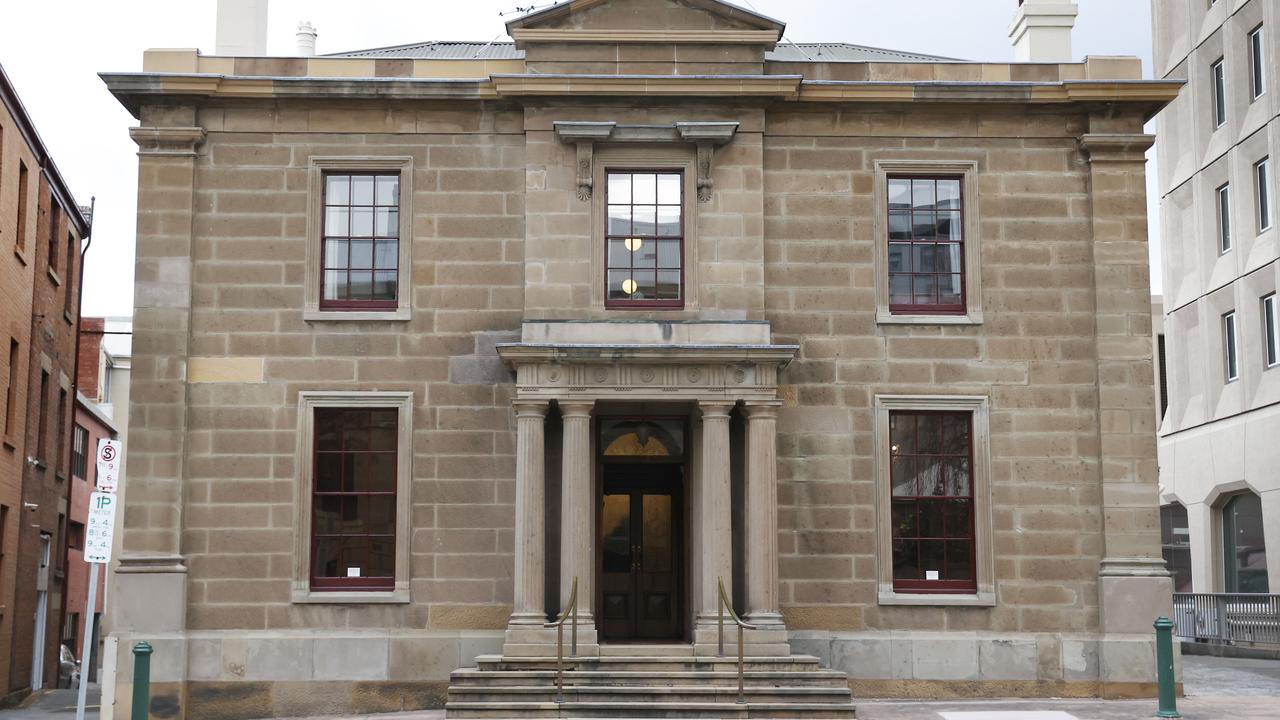Thousands pay respects at Tasmanian Anzac Day Dawn Services
Thieves who stole the lights from a rural Cenotaph on the night before Anzac Day did not prevent the Dawn Service going ahead, with quick-thinking locals coming to the rescue.
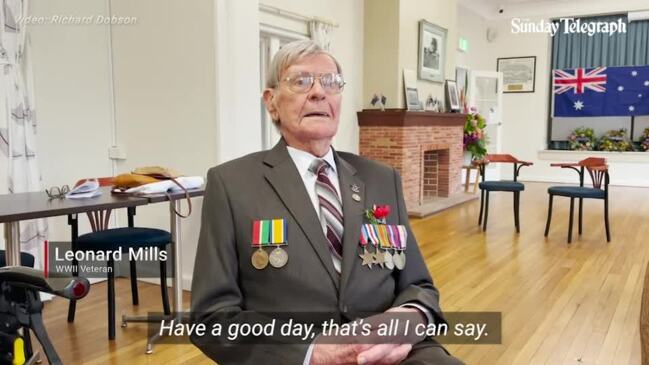
Tasmania
Don't miss out on the headlines from Tasmania. Followed categories will be added to My News.
THIEVES who stole the lights from the Huonville Cenotaph on the night before Anzac Day did not prevent the Dawn Service from taking place, a local councillor says.
Huon Valley Council had provided the lights so the Dawn Service could take place, Councillor Mick Newell said, but someone stole them over night.
“It looks like they snipped through the cables with some bolt cutters,” he said.
Cr Newell, who attended a later service, said he was told locals had used their car headlights to illuminate the Cenotaph so the Dawn Service could proceed.
“They set four cars up apparently and played the Last Post themselves. It sounds like they had a nice turnout.” – David Killick
Thousands pay respects at Tasmanian Anzac Day Dawn Services
REMEMBERING “the carnage and the cost”, thousands of Tasmanians made their annual pilgrimage to the Cenotaph as dawn broke over Hobart.
More than 2500 early-risers paid their respects as the sun rose, with this year’s Anzac Day service commemorating the 107th anniversary of the Gallipoli landings.
“We remember that this was to be the war that would end all wars, and grieve that it was a forlorn hope,” Richard Humphrey, Anglican Dean of Hobart, told attendees.
He said the ceremony was an opportunity to give thanks to all service men and women who had lost their lives in conflicts across the world, as well as the “heroism and sacrifice” of those who died at Gallipoli.
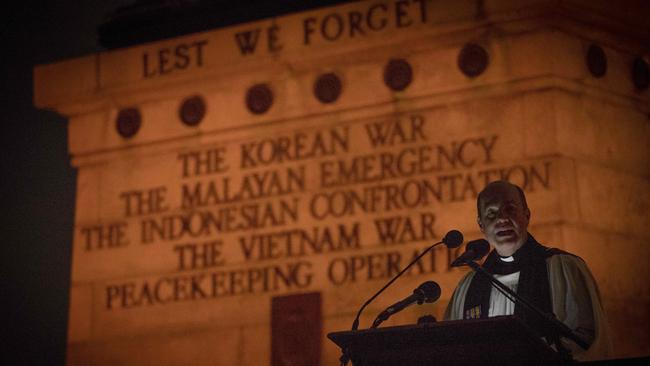
“We remember the ongoing cost of war to all nations. We honour them, give them thanks for their service, and the peace they gave their lives for,” he said.
“We remember the carnage and the cost.
“We remember not only to recall the past but to change the present, not only the lives lost then, but how we live now. Recalling the cost of war and violence should push us as a society to seek wherever possible to avoid war and violence, to truly strive to end all war.”
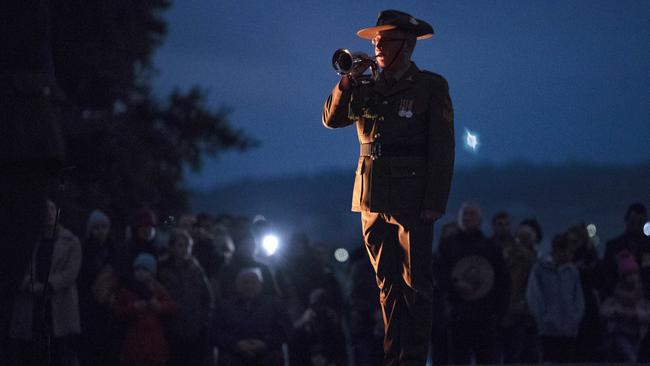
Rev Humphrey said it was a time to reflect on how to “work for peace in all areas”.
“I wonder particularly whether this should be true in the way that we speak to and about each other. If we are not speaking words of peace, are we really looking for peace?” he said.
“If we are not striving for peace in all parts of our lives to end division and conflict, have we forgotten?”
William Zeeman, a student from The Hutchins School, told attendees his great-great uncle Oliver Brown died in a “death mission” to Gallipoli on April 13, 1915.
“Oliver’s death deeply impacted his brother Lindsay,” William said.
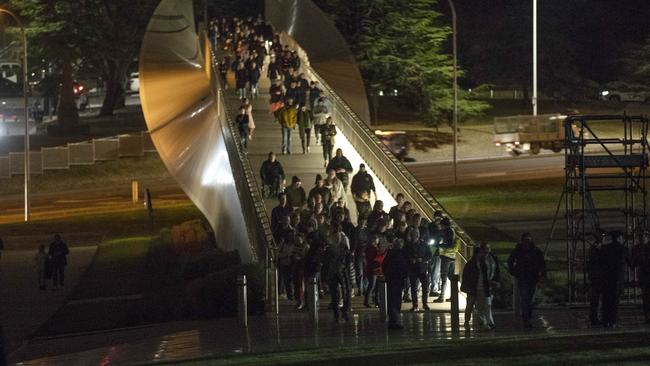
“He gained a sense that it was his duty to honour his brother’s sacrifice by enlisting himself … within a week of his 18th birthday.
“Lindsay honoured his brother by fighting in the war. The story of their mateship and determination is one that so many families share, and when I learnt this, about what they endured, it became a personal lesson for me, a reason why the younger generation must keep the Anzac spirit alive.”
Hobart RSL sub-branch Kieran Lennard said that after two years of restricted Anzac Day services, it was heartwarming to see so many people face “the stillness of dawn” to pay their respects.
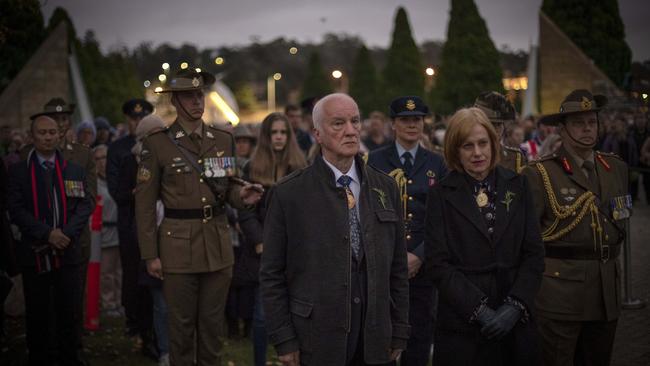
Mr Lennard said the spirit of Anzac Day was very much still alive, with more people and school students learning about World War I.
“People now have a much greater appreciation of the sacrifice of the people on the western front,” he said. – Amber Wilson
Afghanistan War veteran says Dawn Service is a time to reflect
IN THE early hours of every Anzac Day, while it’s still dark outside, Ben Coventry wakes up his children and bundles them into the car.
For the 36-year-old Afghanistan War veteran who served with the Special Operations Regiment, April 25 has a special meaning – and one that he wants to pass on to the next generation.
“I served in Afghanistan and went to Papua New Guinea as well,” he said.
“I lost a few friends when I was over there so today is a time to reflect on that.”
Mr Coventry said it was hard to explain how the experience had changed his outlook on life.
“It’s a different job. You don’t (usually) go to work and lose your friends. Imagine going to work and losing your friends,” he said.
The Rokeby resident, who was just 21 when he was deployed, said he attended the dawn service at the Hobart Cenotaph every year, without fail.
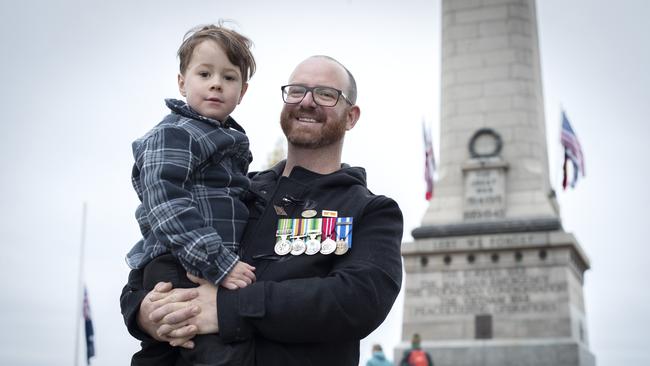
“I pull the kids out of bed and try to get them interested in this,” he said.
“I love seeing all the kids (at the dawn service), I love seeing everyone rock up. It’s cold, it’s early, but every year so many people rock up and it makes the heart really warm seeing everyone here.
“My little ones will understand one day.”
Vietnam War veteran Ian Hobson said he travelled almost every year from his home in the Gold Coast to attend Hobart’s Dawn Service.
Mr Hobson, who was conscripted and served in 1968 and 1969, said the service was an emotional event.
“My daughter lives in Hobart, we come almost every year,” he said.
“My daughter keeps the whole thing going.”
His wife Pat praised the beauty of the Cenotaph’s location, by the River Derwent and overlooking Hobart.
“This is a beautiful service, I don’t think there’s anything better,” she said. – Amber Wilson
Exeter Dawn Service busiest town has seen
A northern Tasmanian town had its busiest Dawn Service in living memory, according to an ex-National Serviceman who has been attending intermittently since the mid-1980s, as Tasmanians turned out in their thousands to honour the fallen.
The emotional centrepiece of the dawn service at Exeter, in the West Tamar, was the reading of a letter sent home by a crewman of a World War II bomber.
He asked the recipient of the letter – presumably a sibling – to “keep a secret from mum and dad”; namely, that he was about to see active service on bombing raids over Germany.
He spoke of his excitement, nervousness, and his desire to see his family next Christmas, for the author was sure the war would be over in no time.
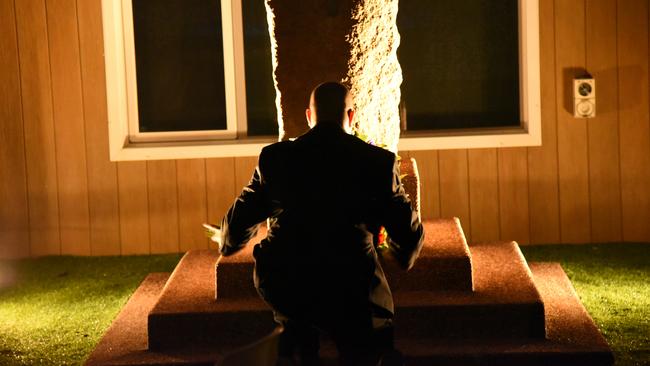
He was shot down just three months later, the crowd of 200–300 attendees learnt moments later.
Speaking after the service, Lanena resident Peter Tonkin OAM, who performed National Service in the 1960s, said Anzac Day resonated especially for him as his family had a rich history of military service.
Mr Tonkin said his grandfather and great uncle were both wounded in World War I, his father was an air gunner in World War II, while his father-in-law served during the Korean War and was present at the Battle of Kapyong.
“I pay my respects to them and anyone else who served,” Mr Tonkin said.
He said the service, held outside the Exeter RSL, was the busiest he had seen in the town since he began regularly attending services there in the mid-1980s.
Anzac Day, Mr Tonkin said, had never been more relevant to Australians.
“I’ve spent a lot of time in remote communities, Darwin, Halls Creek, Broome, Alice Springs, it seems more and more people are coming each year,” he said.
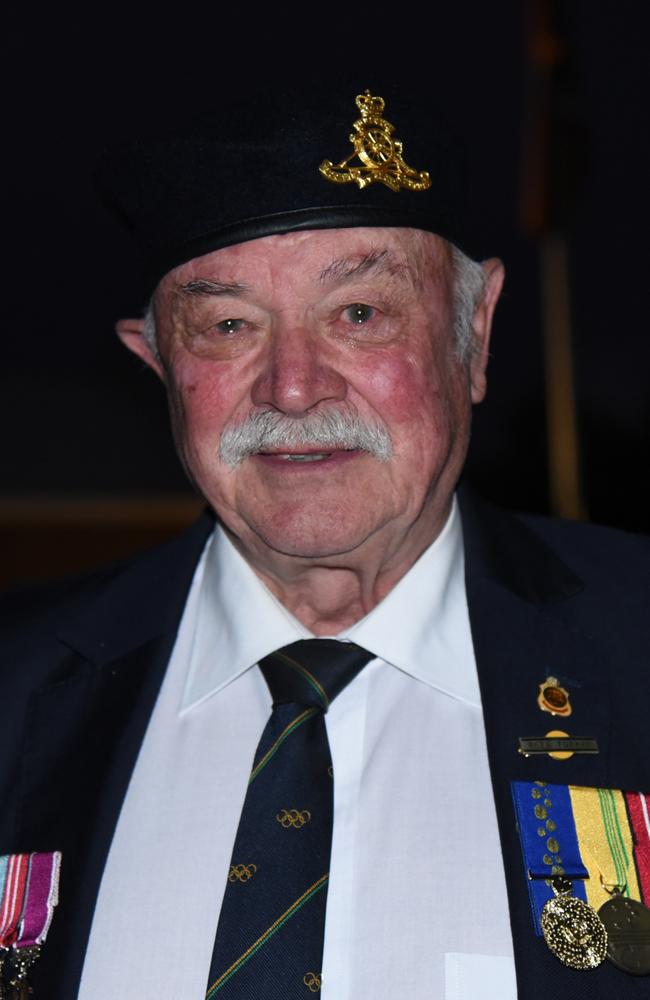
Legana woman Caroline Bowden, who has been attending Dawn Services for about six years, alongside Bridgenorth friend Catherine Mackrell, said the Anzac legend was “our history”.
“We can’t let our history be forgotten,” she said.
Ms Mackrell, meanwhile, who brought her two young children to the service, said it was important the next generation were taught the sacrifices of their forebears.
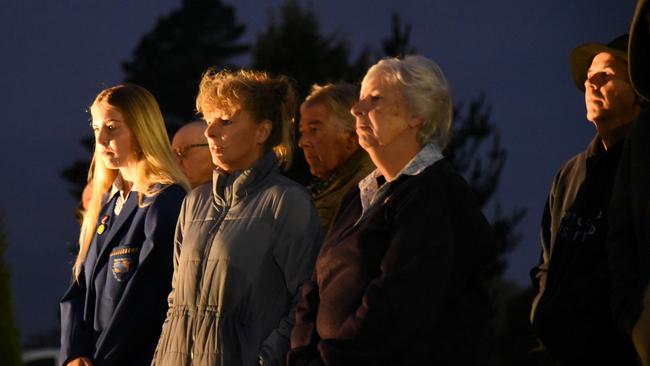
“If they (the Anzacs) didn’t do what they did, our children probably wouldn’t have an Australia to call home,” he said. – Alex Treacy
‘Great old chap’: memories of Boer War veteran come flooding back
Eileen Smith still remembers her late grandfather, the war veteran Sydney Thomas Laughton, bringing her a bag of boiled sweets whenever he visited.
“He would sit on the sofa with me and he would be the one that’d be dipping into the sweets,” Mrs Smith, 83, laughed. “I didn’t get very many.”
A veteran of both the Boer War and World War I, Mr Laughton died in 1947, aged 79, having developed gangrene after sustaining frostbite while exploring Tasmania’s west coast.
Mrs Smith was just eight-years-old at the time. She said her lasting impression of her grandfather, who was born at Zeehan, was that he was a “great old chap”.
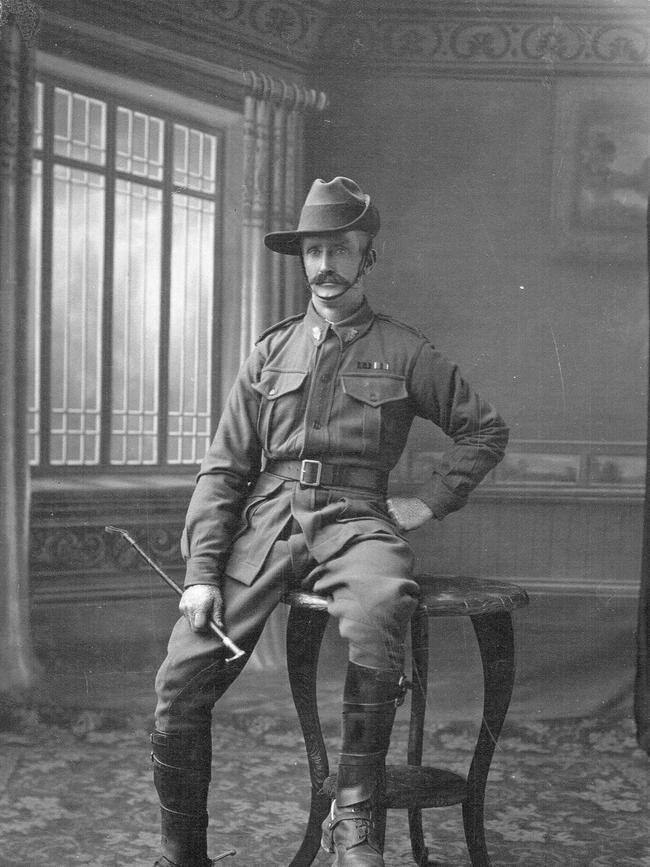
“He liked to meet his mates from the war,” Mrs Smith said. “They’d spend the whole afternoon just telling yarns. He was very easy to get along with.”
Mr Laughton kept a diary while serving abroad, recording everything from death and despair to the mundanities of warfare. These were collected in a book called An Occasional Soldier (2015), by writer and historian, Patsy Crawford.
“He was very observant,” Mrs Smith said of her grandfather. “And when he wrote his diaries, his descriptions of things were excellent.”
Mr Laughton served as a lance corporal in the 2nd Tasmanian Imperial Bushmen in South Africa in 1901, at age 32.
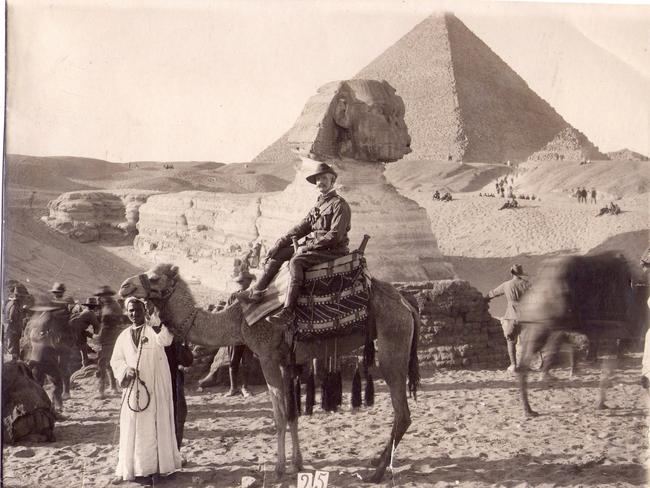
Thirteen years later, Mr Laughton, then 45, enlisted as a light horseman in the 4th Australian Army Service Corps Company, which took him to Gallipoli, where his ship stood offshore, taking on the wounded and sending out small boats while under shellfire.
Due to reduced mobility, Mrs Smith will be unable to march in Hobart’s Anzac Day Parade this year, but is delighted that her daughter and grandson will be carrying on the family tradition.
Tasmania will host 119 Anzac Day events on Monday, with crowds finally able to return to services after a two-year hiatus due to the Covid-19 pandemic. – Rob Inglis
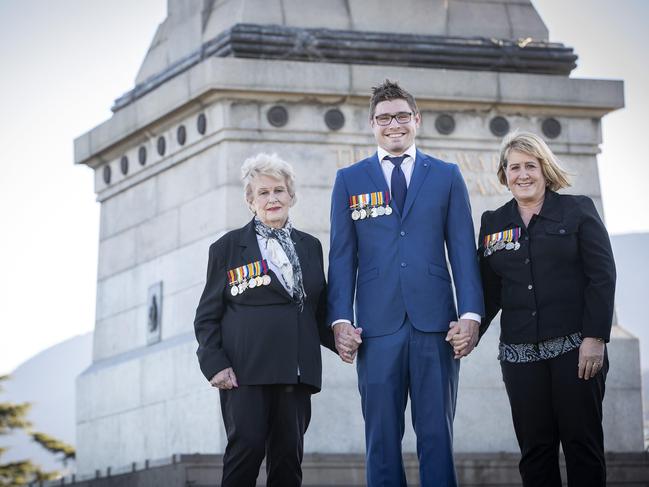
Treasure trove of war documents sheds light on ‘incredible’ family history
When Graeme Hawkesford explained to a friend that a number of his uncles had fought in World War I, the 77-year-old didn’t necessarily think the conversation would lead anywhere.
He was wrong.
Three months later, Graeme’s mate, Terry Phillips, handed him a flash-drive containing a whopping 8500 pages of information about the five Hawkesford boys from Hobart who went off to serve in the Great War.
“The amount of stuff he dug out, I just cannot believe,” Graeme told the Mercury.
“I said to one of my kids, ‘Can you get this printed over at Officeworks?’ And he said, ‘It’ll cost about $170’.
“It was actually $560. And I thought, ‘Well, it’s a once-in-a-lifetime thing – I’ll get it done’.”
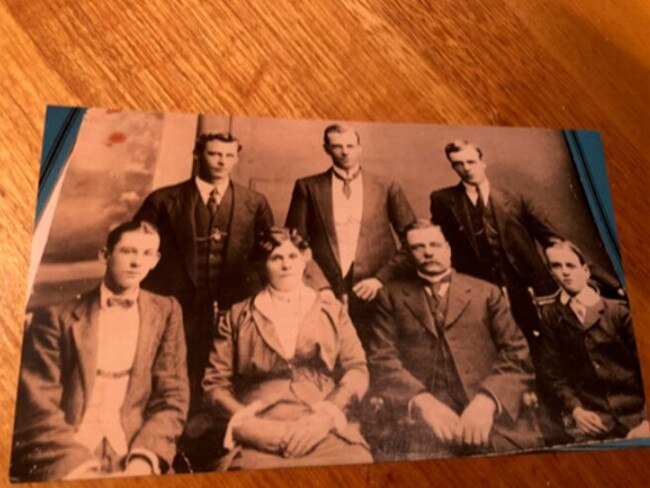
Mr Phillips is a dedicated chronicler of the Australian World War I experience, and used his connections at the Australian War Memorial in Canberra to uncover reams of documents relating to Graeme’s forebears.
They confirmed that four Hawkesford brothers – Sydney, Milford, Horace, and Belbin – had all travelled to the other side of the world to serve their country, along with another possible relative, Willie Clarence Hawkesford.
Graeme learned that Horace, who was a private in the 2nd Squadron of the Australian Army Service Corps and the Australian Mounted Division, died after contracting malaria in Syria towards the end of the war in 1918, at just 27 years of age.
Among the thousands of pages dug up by Mr Phillips was an old Mercury article from February 1, 1918, which reported that young Belbin, a member of the 12th Infantry Battalion and the 52nd Infantry Battalion, had been awarded the Military Medal for bravery in the field.
“Private Hawkesford enlisted with the 6th Reinforcements, 12th Battalion, and fought at Gallipoli and Suez, and is now in the thick of the fray,” the article read. “His three brothers, Milford, Sydney and Horace, are also fighting for King and Country, and with four boys on active service, the Hawkesford family certainly presents a very fine record.”
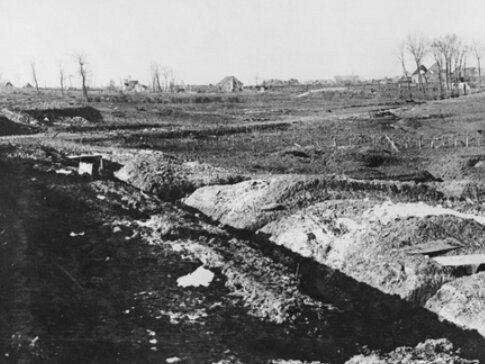
Willie, who the Hawkesford family believe may have been a cousin of the four brothers, also received the Military Medal after retrieving wounded soldiers under heavy machine gun fire at Bullecourt on the Western Front in 1917.
Also contained within the treasure trove of information are letters from the brothers to their wives and family, photos, and even dental records.
Originally from Devonport but now living in Melbourne, Graeme said he was “absolutely blown away” by the sheer volume of documentation he now had at his fingertips.
“It only came out because I met Terry through this walking club of retired gentlemen that I’m involved with,” he said.
Graeme’s nephew, Stuart Hawkesford, of Hobart, was also provided with a copy of the files on a USB stick and said it was “incredible” to be able to delve so deeply into his family history and learn more about his great uncles.
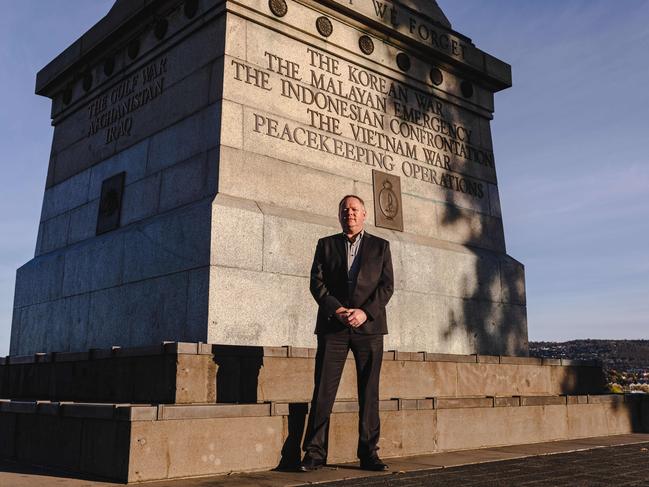
Stuart, whose father served in the Royal Australian Air Force, said he would be attending the Anzac Day march in Hobart on Monday with his son and daughter.
“I don’t think I’ve ever missed it,” he said.
“You feel proud of (those who have served) – it’s incredible. You feel pretty insignificant, really, (considering) what they’ve gone through and seen, especially when you look back to World War I and you see some of these pictures.
“It’s a different world.” – Rob Inglis
More Coverage
Originally published as Thousands pay respects at Tasmanian Anzac Day Dawn Services



